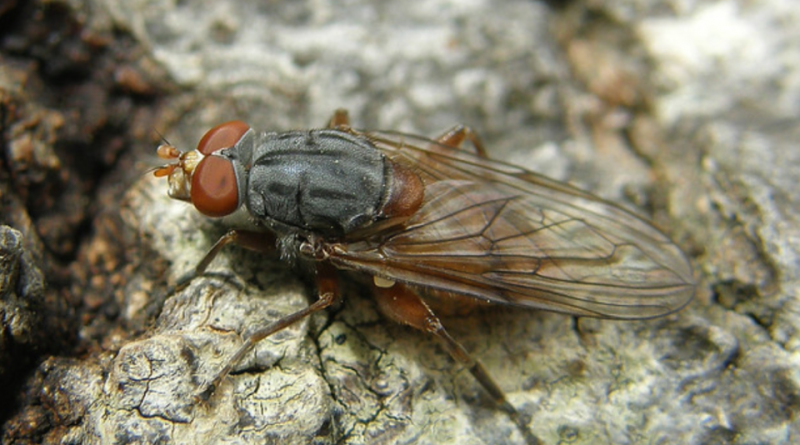Brachyopa bicolor
Brachyopa bicolor
Brachyopa bicolor (Brachyopa bicolor (Fallén, 1817)) is an insect belonging to the Sirfidi family.
Systematics –
From a systematic point of view, it belongs to the Eukaryota Domain, Animalia Kingdom, Subgenus Eumetazoa, Phylum Arthropoda, Subphylum Tracheata, Superclass Hexapoda, Class Insecta, Subclass Pterygota, Cohort Endopterygota, Superorder Oligoneoptera, Section Panorpoidea, Diptera Order, Suborder Brachycera, Section Aschiza, Family Syrphidae, Subfamily Eristalinae, Tribe Chrysogastrini and therefore to the genus Brachyopa and to the species B. bicolor.
The term Rhingia bicolor Fallén, 1817 is synonymous.
Geographical Distribution and Habitat –
Brachyopa bicolor is a diptera in a range that includes Europe and Asia as far as Siberia and Japan.
In Italy it is present throughout the peninsula. This insect lives mainly in the mature forests of beech, oak, elm and chestnut, but it is also found in urban and periurban areas where mature Acer, Aesculus, Fagus and Quercus plants grow suitable for larval development.
Morphology –
Brachyopa bicolor is an insect from 5 to 9 mm long. The head is rust yellow in color and has long transparent wings with dark veins, which can be recognized by a small sensory dimple that is placed ventrally on the third segment of the antennae and a medium feathery arist almost up to the apex.
The chest shows hair on the area of the known. The abdomen is stocky and red-yellow.
The larva is of an elongated sub-oval shape, characterized by a well developed anal siphon and the presence of spines on the dorsal and lateral parts of the body; the posterior spines, close to the anal siphon, are larger and more branched.
Attitude and biological cycle –
The larvae of this insect live in rotten mushrooms that grow near oaks and beeches. Adults flicker during the period of May and you can see the flights of these between May and July. The adults fly during the hottest hours of the day along the trunks, at a height from the ground of 1-3 meters, to feed on the sap that flows from the wounds of the plants.
The characteristic of the males is that they move the wings, with a characteristic buzz, while they are still on the branches.
Ecological Role –
Brachyopa bicolor is a syrphid that lives in the damp cavities of trees, in old stumps and above all on exudates of injured plants. The larvae feed exclusively on the sap that exudes from the oaks and beeches.
Their role is to “clean” the exudates of these plants by carrying, at the same time, as other hoverflies, a transport of pollen, during the journey from one plant to another.
Guido Bissanti
Sources
– Wikipedia, the free encyclopedia.
– Russo G., 1976. Agrarian Entomology. Special Part. Liguori Editore, Naples.
– Tremblay E., 1997. Applied entomology. Liguori Editore, Naples.

